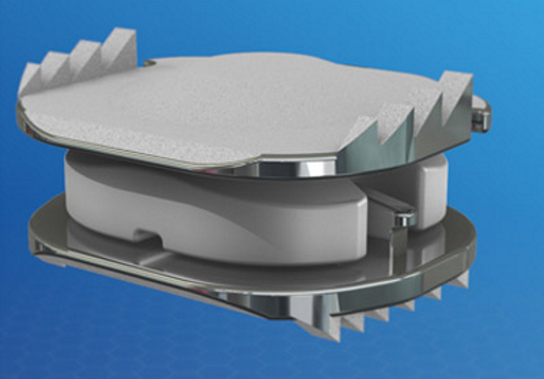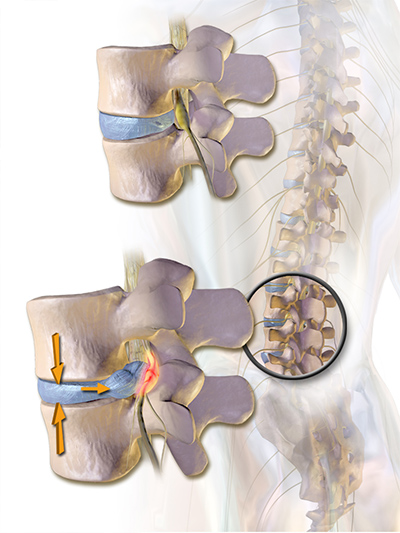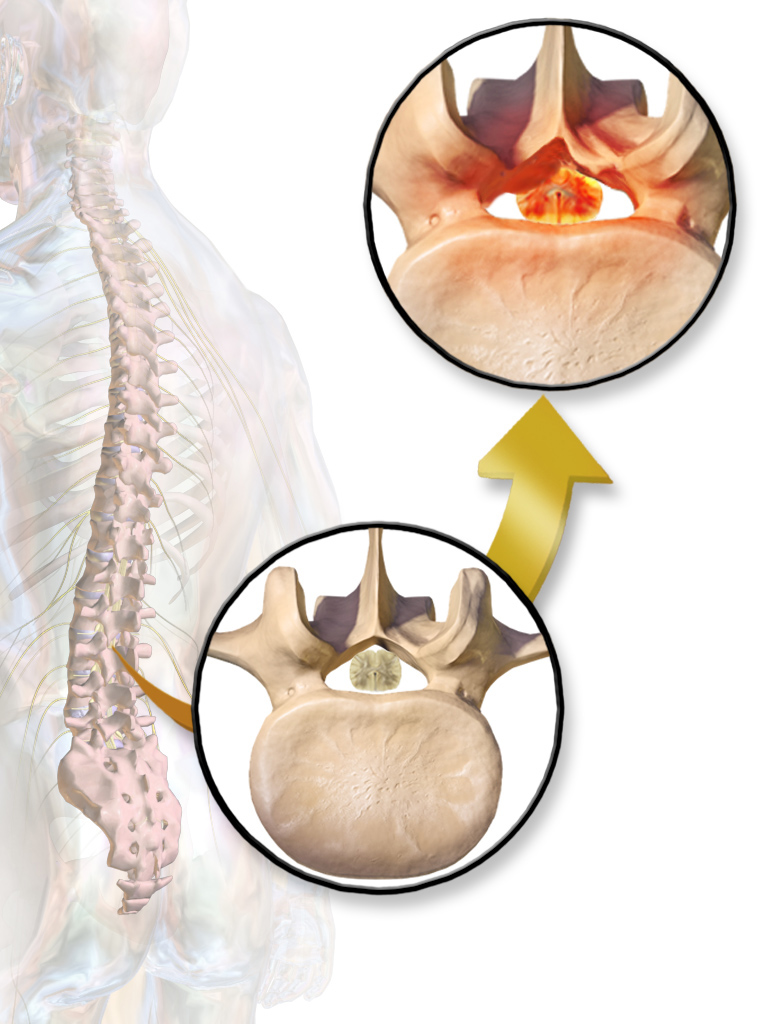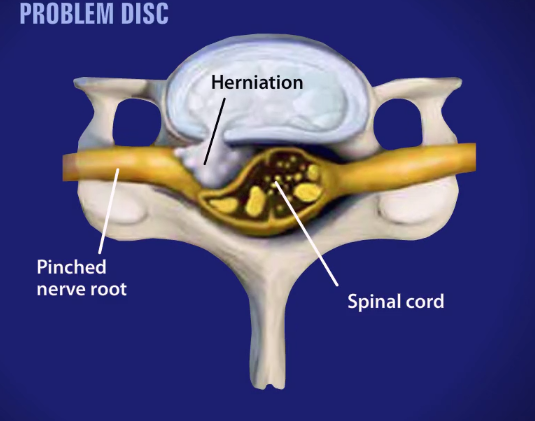Mobility Matters
Motion Preservation:
Motion preservation is an important concept in the management of spine disorders. Your discs are actually a type of joint. Joints are meant to move. As age-related change takes place in any joint, mechanical stresses can lead to mechanical pain and inflammatory processes. Our mission is to provide the best surgical means for maximizing movement and minimizing recovery time.
Strengthening the muscles around any joint decreases the mechanical stress the joint experiences and diminishes mechanical pain and the tendency towards inflammatory processes. Once a joint stops moving, it is impossible to adequately build the musculature around it. While certain types of problems affecting the spine require fusion as part of the process, maintaining as much motion as possible is to the patient’s long-term benefit. It is well understood that at least in some patients fusing segments may predispose them to problems at the adjacent segments culminating in the need for additional surgical procedures. That number may be as high as 25%. In studies done, which a focus mostly on the lumbar spine, it suggests that nonfusion procedures have only a 10% risk of the need for additional surgical interventions.
Common Procedures
Artificial Disc Replacement
An artificial cervical disc is a device inserted between two vertebrae in the neck to replace a damaged disc. It is best used for patients who are suffering from a herniated disc without much narrowing of the spine.
Learn how you can begin to recover from an artificial disk replacement in less than 4 hours with Dr. Bookwalter.
Cervical Fusion
Though motion preservation is very important, there are times when cervical fusion is appropriate. One example is a during Laminectomy which removes a section of bone from the rear of one or more vertebrae to relieve the painful and disabling pressure of stenosis.
Lumbar Microdiscectomy
A herniated disc is a common injury that can affect any part of the spine. A herniated disc can cause severe pain and other problems in the arms or legs.
Discectomy is surgery to remove lumbar (low back) herniated disc material that is pressing on a nerve root or the spinal cord . It tends to be done as microdiscectomy, which uses a special microscope to view the disc and nerves.
Minimally Invasive Lumbar Decompression
Spinal stenosis is a narrowing of the open spaces within your spine. To the right you can see a healthy spine with lots of room for the spinal cord. When that room is filled in by calcium buildup and other factors the space around the spinal cord begins to close up. The buildup begins to put pressure on your spinal cord and the nerves that travel through the spine to your arms and legs. Spinal stenosis occurs most often in the lower back and the neck. Pain, tingling, numbness, muscle weakness, and problems with normal bladder or bowel function are all signs of Spinal Stenosis.
Posterior Cervical Foraminotomy
This surgery removes bone and/or portions of a herniated or diseased disc to relieve neck and radiating arm pain caused by parts of the disc pressing on nerve roots.
I am unique in using the lateral position for these procedures. This allows accurate localization and diminished soft tissue dissection. Generally this helps reduce the amount of postoperative discomfort patients experience.






